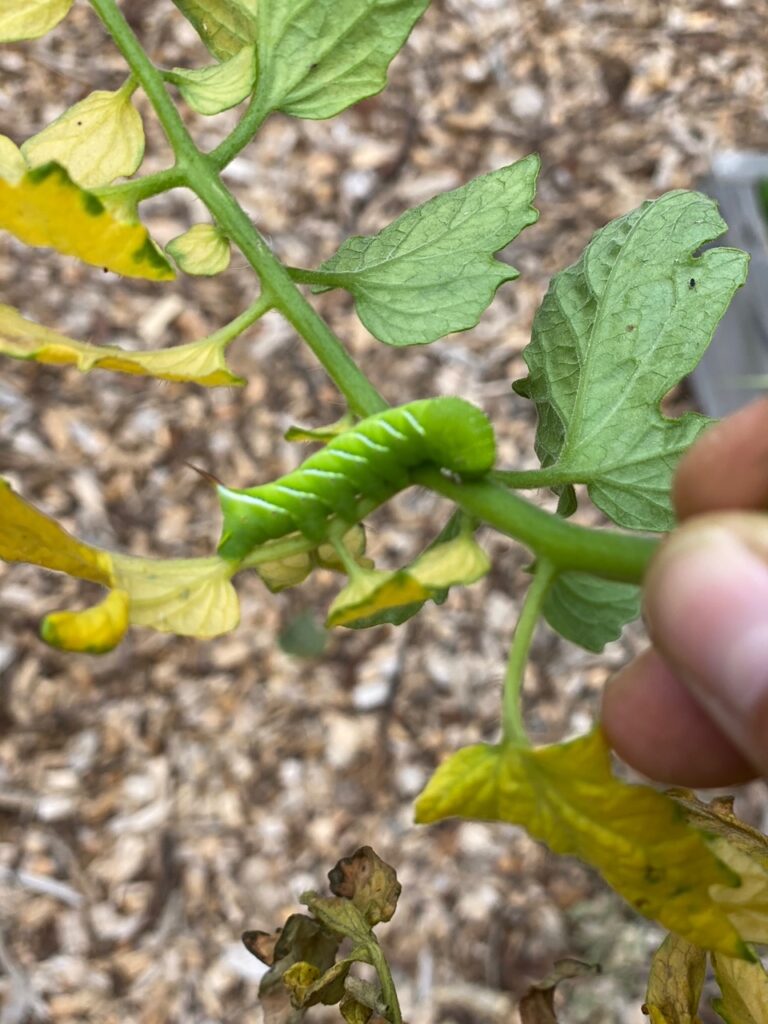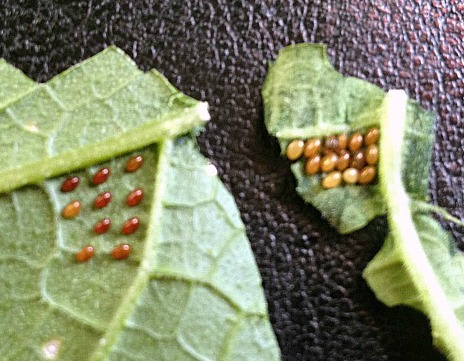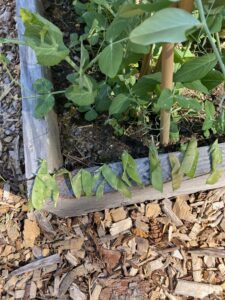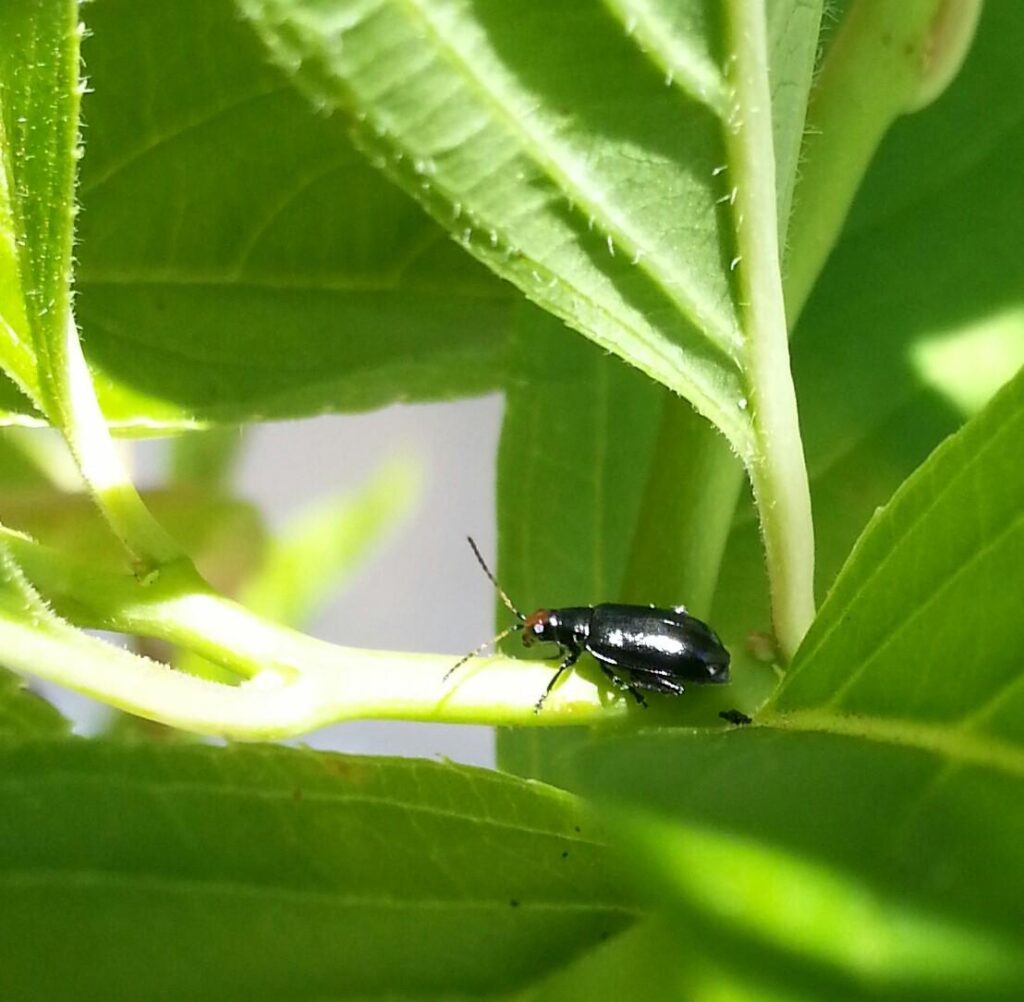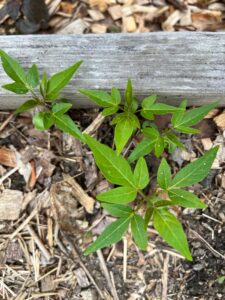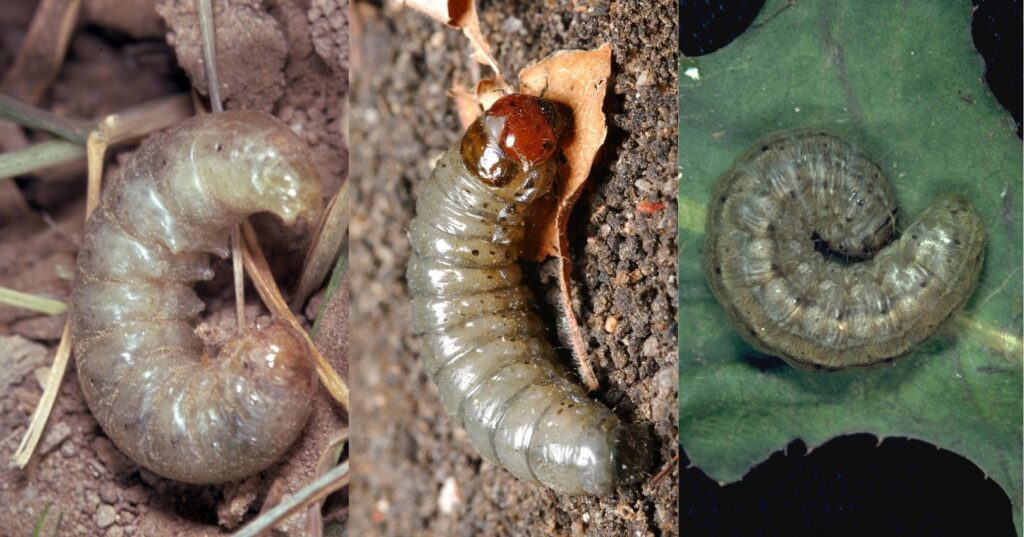A fellow gardener sent in a photo this morning of a Horned Tomato Worm.
It is the larval stage of the five-spotted hawk moth, Manduca quinquemaculata, or Sphinx Moth. The Latin genus name “Manduca” means glutton and horned tomato worms are just that. Tomatoes are their host plants and they will quickly strip the leaves of tomatoes, peppers and anything of the Solanaceae family — peppers, eggplants, potatoes and tomatoes!
They can grow up to 5 inches long! While the worms look a bit fierce, the horn on the back is not sharp enough to pierce the skin nor are they poisonous to touch. Pluck them off and feed them to your chickens. Or knock them into a bucket of soapy water.
While you may not find the worm you may very well see the frass (fancy word for worm poop) on leaves. It can be prodigious!
Soapy water mixed with a bit of cayenne pepper in a spray bottle is the key to keeping your plants safe from these voracious feeders. NOW is a good time to spray and again after it rains.

